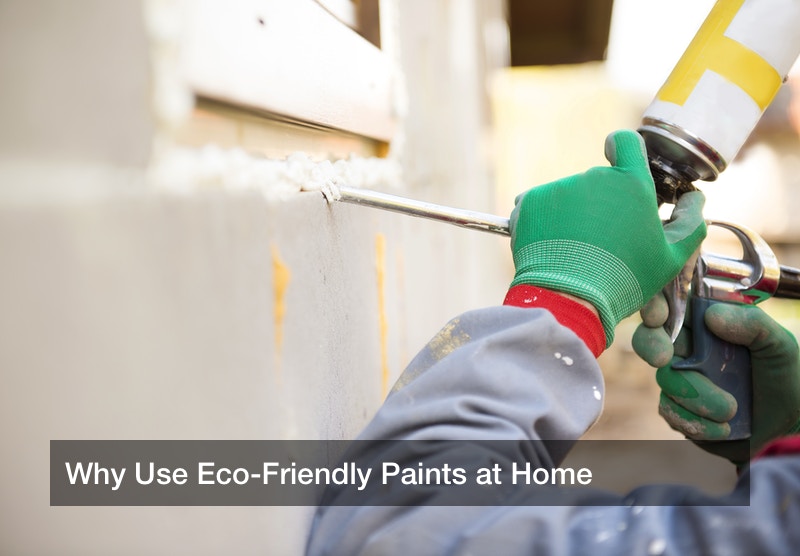
Home renovation is an activity that must be undertaken by most homeowners at one point or the other. However, there are a few basics that people ignore or overlook during the activity. For example, did you know the type of paint you choose to repaint your home can affect the quality of air indoors and subsequently your family’s health? There has been a recent push for people to use health-focused paint when painting their homes. Imagine searching for baby room safe paint and still not being able to buy the paint that the room requires. Next time you feel the desire to feel the color pallet of your home, take into consideration what kind of paint you use and how that paint affects the health of your family. There are many eco-friendly paints that are readily available, affordable and can spruce up the color of your home amazingly.
Why You Should Limit or Eliminate VOCs in Your House Paint
When you think about health-focused paint, one thing that comes to mind is volatile organic compounds (VOCs). Have you ever entered your house and came across that strong stench of fresh paint-even when the house has not been repainted in the recent past? That is the effect of VOCs. What most people are unaware of is that paints continuously release VOCs after application for a long period of time. However, this continued exposure could lead to several health complications that range from mild unpleasant complication to severe health issues. There is best low voc paint that could help you avoid all these complications since avoiding polyurethane fumes is not a matter of choice but necessity. The most common effects of VOCs include headaches, skin irritation, breathing problems, allergic reactions and nausea. The more severe effects are epistasis, emesis and dizziness. If you are looking for deck paint and crib safe paint, it is important to first consider baby safe paint for cribs as the crib will be installed indoors while the deck is outside. The idea behind this is that pollutants indoors tend to be between two to five times higher than outdoors. Fortunately, there is a variety of health-focused paint that contains no VOCs.
Low and Zero VOC Paints for your Home
While there are no standards that dictate the amount of VOC paints should have in non-industrial settings, it is important that paints considered to contain low amounts should have less than 50 grams per liter. However, this amount can vary depending on the manufacturer. This is the reason why you might still smell that fresh-paint smell even after the paint has dried up. This can continue for a long period of time depending on the paint manufacturer. Paints that contain low VOCs are mostly latex-based paints as opposed to oil-based paints. If you are searching for a wide color variety of paints, you might want to consider low VOC paints as opposed to zero VOC paints. Zero VOC paints does not entirely mean that the paint does not contain VOC. Zero VOC paint is more health-focused paint but the designation of zero is a little misleading. For a small paint job that requires 3 gallons of paint, zero VOC paints will still release less 5 than grams per liter of VOC. However, zero VOC paints are environmentally conscious especially for people who have allergies or are sensitive to strong smells. The only downside for zero VOC paints is that they are available in very limited color pallets meaning that you only have a few options to choose from.

